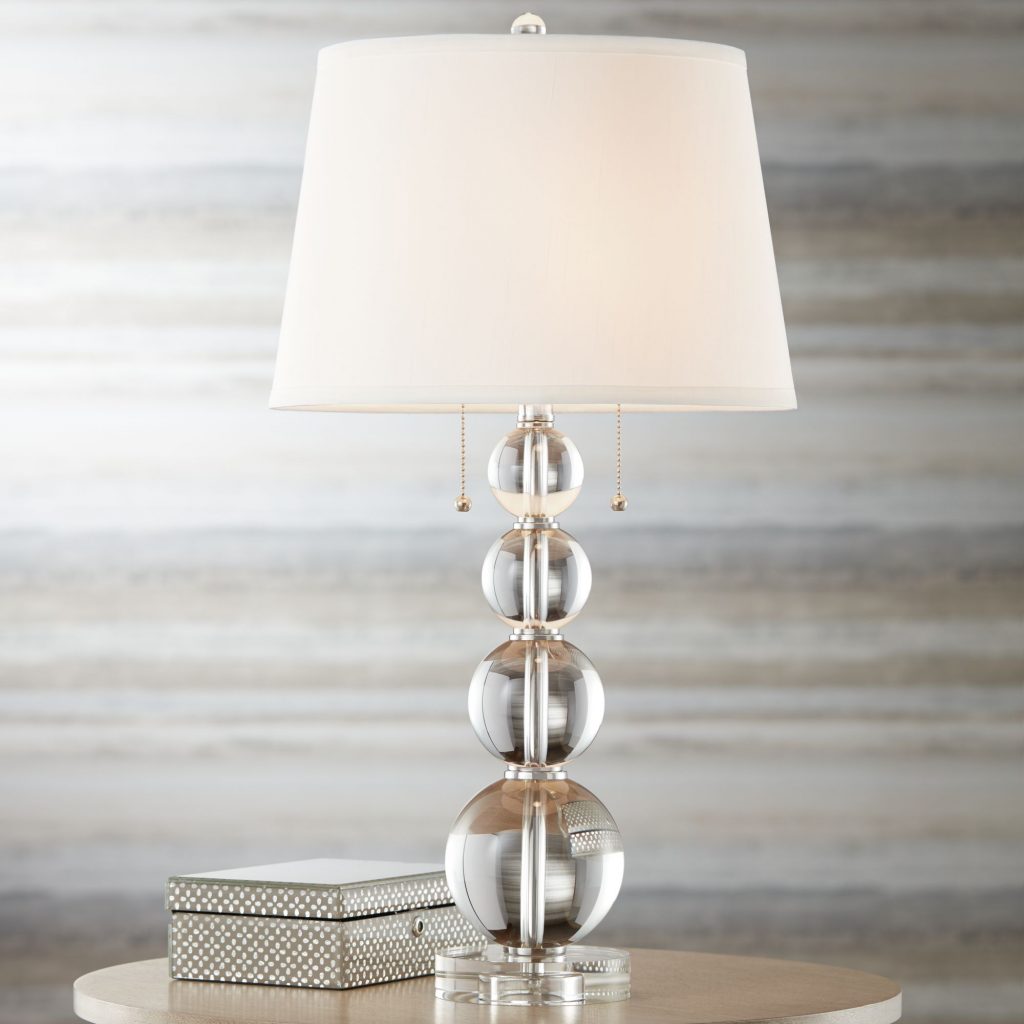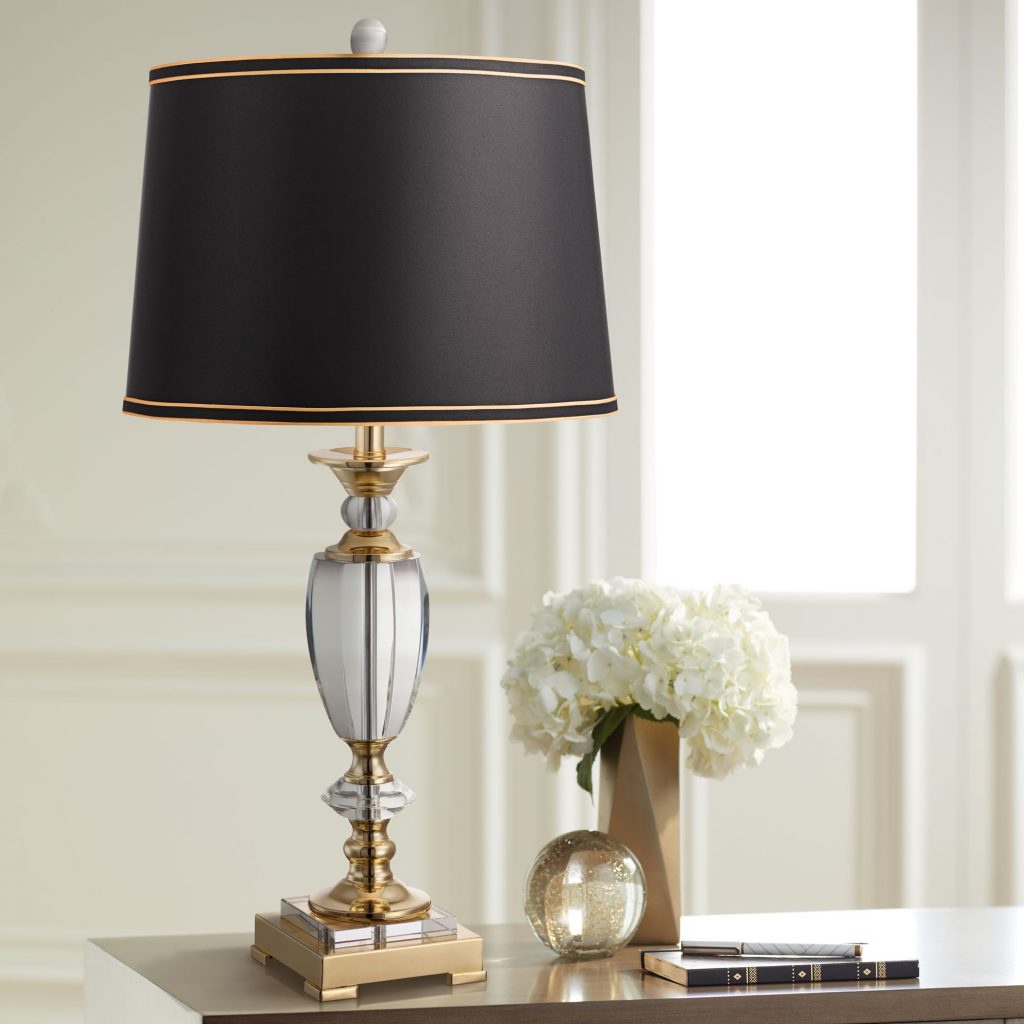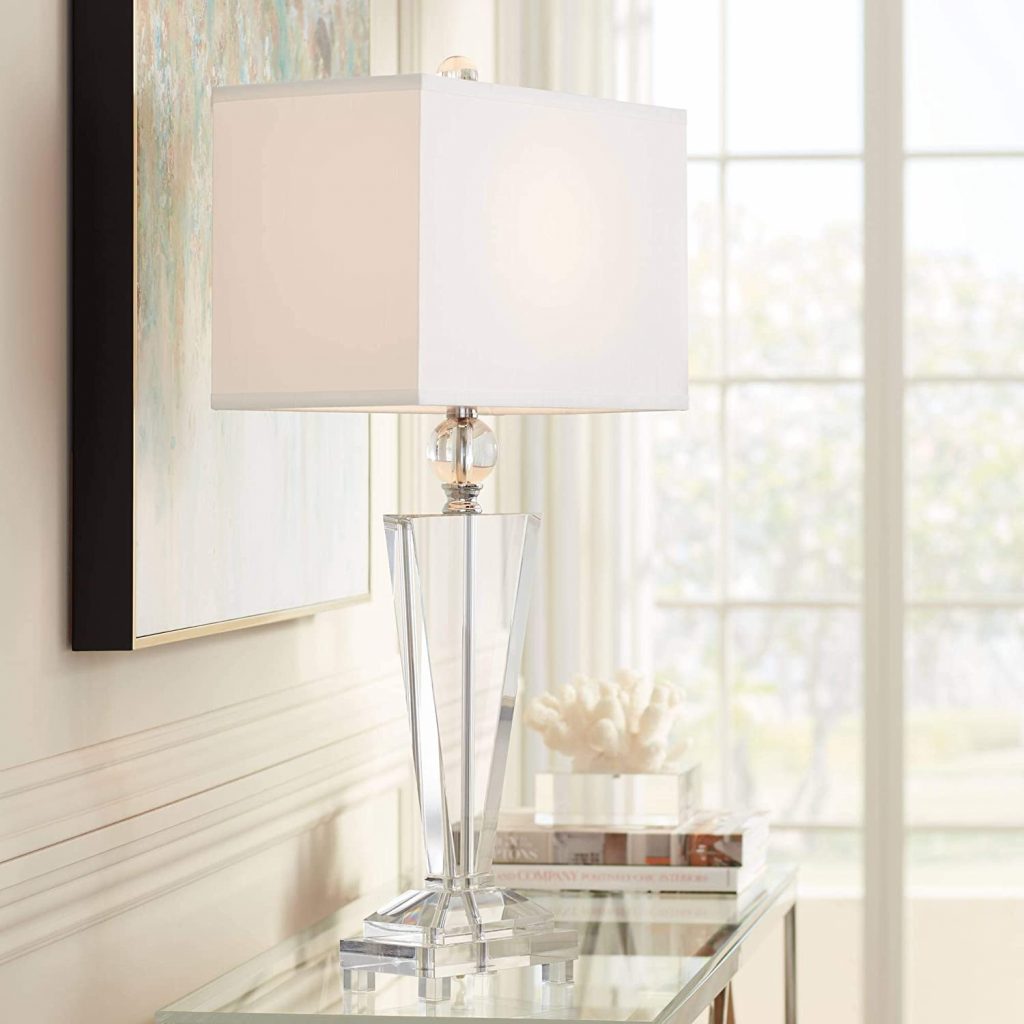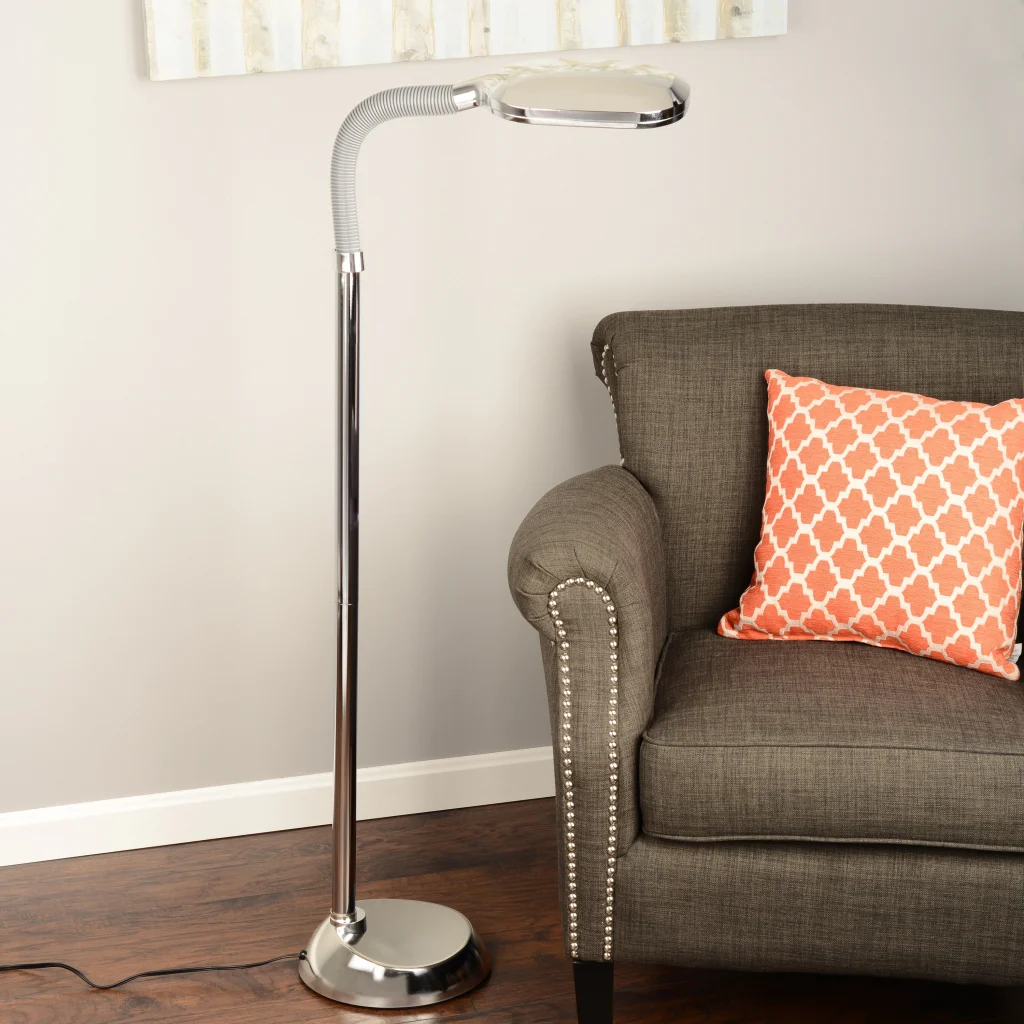When children start reading, especially after they start doing homework. Table lamps for children to read have become one of the must-have products for families.
Under such a degree of attention, the market for reading lamps is also developing “with each passing day”. If you don’t pay attention to it for a few days, and then look back, you may see a variety of products with fresh concepts.
At this time, someone asked: Do you want to replace the table lamps at home with “full spectrum” products?
In fact, “full-spectrum lamps” have existed in the market a few years ago, but I feel that the manufacturers of reading lamps have not paid much attention to them before, but they are more common in lighting products for fish and flowers.
But recently, more and more table lamp brands have launched their own “full spectrum” products as the main publicity concept, so there are more and more users who generate a new wave of anxiety and consumer demand.


Is it necessary to replace the “full spectrum table lamp”?
In the promotion of “full spectrum table lamp”, the slogans of “closest to sunlight” and “professional simulation of natural sunlight” are often used. But in reality, there are many debatable issues here.
In advertisements, there is often a similar picture below, using the spectral curve of an ordinary LED table lamp, the spectral curve of a “full spectrum” table lamp, and the dotted “sunlight source” on the picture to compare, it looks like a “full spectrum lamp”. The curve does match the dotted line much better.
However, the solar spectrum curve measured by our own spectrometer is actually blue high and red low, and the bumps are like being bitten by a carnivorous canine. It is not the gentle and gradual upward curve in the advertisement.


After all, there is an important attribute missing here: when is the daylight? Is it close to the morning sun, noon, or sunset? You should know that the sunlight spectrum at different times is completely different.
Therefore, finding a lamp to simulate sunlight is an impossible task in itself, because the spectrum of sunlight is constantly changing, from morning to night, and all seasons of the year. When are you going to simulate?
In the advertisement, most of the lamps are compared, claiming that they are close to the noon daylight spectrum, which is even more problematic. The desk lamp is basically used at night. At this time, if the spectrum at noon is simulated, the color temperature will be too cold, which will affect sleep.


The main difference between noon and evening sunlight is the color temperature, which is the proportion of blue-violet light in it. If the human eye reads life in the light with more blue-violet light and colder color temperature, the biological clock will think that it is during the day, and it needs to be awake and not sleepy.
This is also the impact of my blue light on the human body, not what causes myopia and damages the eyes. Rather, it may affect the biological clock and sleep.
Therefore, the light used before going to sleep at night should have a warmer color temperature and less blue light. In the daytime, or when you need to stay up late, the color temperature is cooler and the blue light ratio is higher.
However, the “full-spectrum eye protection desk lamp”, on the one hand, claims that it is close to the daylight during the day (with a high proportion of blue light) on the one hand, and on the other hand, claims that it has little blue light, which is somewhat contradictory.


Looking back, what is the difference between the so-called full-spectrum eye protection lamp and the spectrum of ordinary desk lamps? In fact, there is no difference between the blue-violet and orange-red segments of the spectrum. The difference is in the turquoise part. The “full spectrum table lamp” has more cyan light.
Is there any benefit to doing this? Indeed there are. That is, the color reproduction of cyan is better, that is, the color rendering index of the cyan part is higher. The “full spectrum table lamp” will look brighter and more beautiful than ordinary table lamps.
Therefore, if it is in a museum, especially in the exhibition area of famous paintings, using a full-spectrum light source can allow us to understand the color details of the work more accurately, which is indeed an obvious advantage.


But it doesn’t make much sense to use it on a desk lamp. After all, our textbooks basically don’t use blue-green content, and the color temperature of blue-green is not too important.
So back to the question in the title: Is it necessary to buy a full-spectrum eye protection desk lamp?
If you are using it in scenes that require high color reproduction, such as museums, galleries, or children who like to paint under lights. There will be a slight advantage to using this lamp.
But if you just read, do your homework, and watch your mobile computer under the lamp, then the “full spectrum” has no advantages. It is not worth throwing away the desk lamp you are using and replacing it with a new one, nor is it worth spending extra money to make a special choice.

